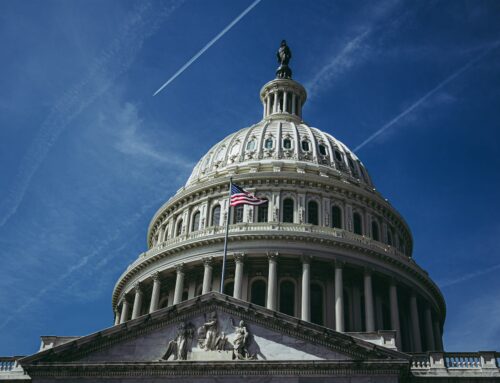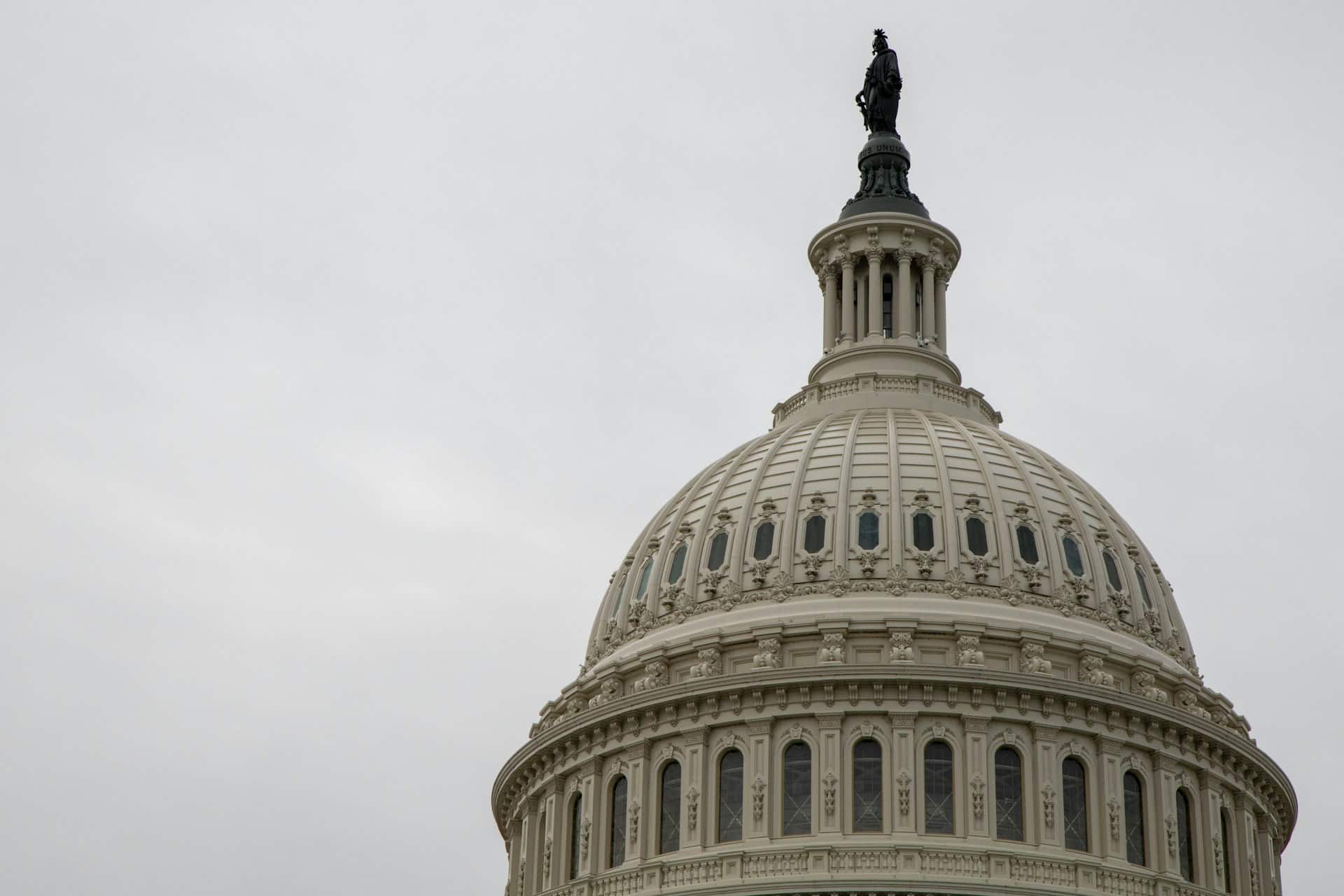Please visit Politico Pro for the full story.
THE BIG NEWS: Final Pentagon funding for this fiscal year was nearly six months late and constrained by spending caps. But lawmakers managed to make over 1,000 increases to weapons procurement and research programs totaling billions of dollars when they passed the full-year plan on March 23.
Program increases — where lawmakers boost funding for projects above what the Pentagon requested — added up to $21.2 billion, according to an analysis by the fiscal watchdog group Taxpayers for Common Sense shared with Connor. The final price tag of the defense spending bill was $825 billion.
The group, which is releasing its database of program increases and a report today, compared the fiscal 2024 Pentagon funding compromise to the Pentagon spending plan, justification books and military services’ wish lists.
By the numbers: Of the final funding bill’s 1,072 program increases, there were 917 in research and development accounts and 155 hikes in procurement. That’s down slightly from the combined 1,216 proposals in the original fiscal 2024 House and Senate defense spending bills appropriators crafted last year.
Of that 1,000-plus total, lawmakers made 905 increases totaling $11.6 billion for projects in which the Pentagon sought no funding at all in its budget. The remaining $9.6 billion in increases were added to funding the Pentagon sought in its budget.
Some additions addressed items the military services included in their annual wish lists. Spending boosts, however, required corresponding cuts to remain under caps set by the debt limit deal, which could have affected other procurement and research accounts.
Why it matters: The analysis gives a window into lawmakers’ spending priorities when it comes to weapons and research programs. It’s a long running practice in which Congress will often scramble DOD’s budget blueprint by plussing-up spending on weapons made in their states or district — or override Pentagon plans to retire older platforms.
The report argues that the practice of program increases serves a similar function as earmarks, with less transparency. Unlike formal earmarks, where a lawmaker must attach their name to a project funding request as part of the appropriations process, program increases aren’t attributed to a lawmakers unless they take credit for it.
That, said Taxpayers for Common Sense policy analyst Gabe Murphy, invites parochially motivated decisions outside of public debate that aren’t made in the U.S.’s best security interests.
“It is Congress’s prerogative to do these increases without a doubt. But I think program increases are the Wild West of the budget process,” Murphy said. “They allow lawmakers to take taxpayer dollars and use them for political gain. They let them decide whether to keep their involvement a secret or claim credit for reportedly strengthening national security … when in fact they’re often putting the interests of their state, district or campaign contributors over the national interest.”
Big winners: The largest single increase appropriators made for a program was $1.8 billion for the P-8 Poseidon, which allows the Navy to purchase 10 more of the Boeing-built maritime surveillance plane. Appropriators also added $1.3 billion for advance procurement of a new Arleigh Burke-class destroyer — along with $300 million to beef up shipyard infrastructure.
Appropriators also allocated $1 billion for the National Guard and Reserve Equipment Account, which lawmakers appropriate annually to procure equipment for reserve components.
The final deal also included an $840 million hike for eight new C-130J cargo planes for the Air National Guard and $675 million more for five Navy CMV-22 tiltrotor aircraft. A $585 million plus-up goes to buy four unrequested ship-to-shore connectors.
Army procurement saw a $430 million increase for its Abrams tank upgrade program, which was a wish list item. Lawmakers approved $413 million for the Navy to procure two more E-2D Hawkeye early warning aircraft. And they granted the Air Force a $400 million increase to purchase 10 combat rescue helicopters.
Proposed changes: The report outlines several recommendations it argues would increase transparency around congressional funding increases, including publicly identifying lawmakers who sponsor each program increase.
It also recommends Congress require the sponsor of programmatic funding increases to provide public justifications and long-term cost assessments for each request.
The report also urges lawmakers to mandate that sponsors disclose the recipients of contracts for their program increases and whether the contracts were competitively awarded.
“Many of these funding increases may be trying to address legitimate needs,” Murphy said. “But taxpayers deserve access to the facts that would allow them to decide that for themselves.”
Read up: Taxpayers for Common Sense program increase database | Report and recommendations













Get Social